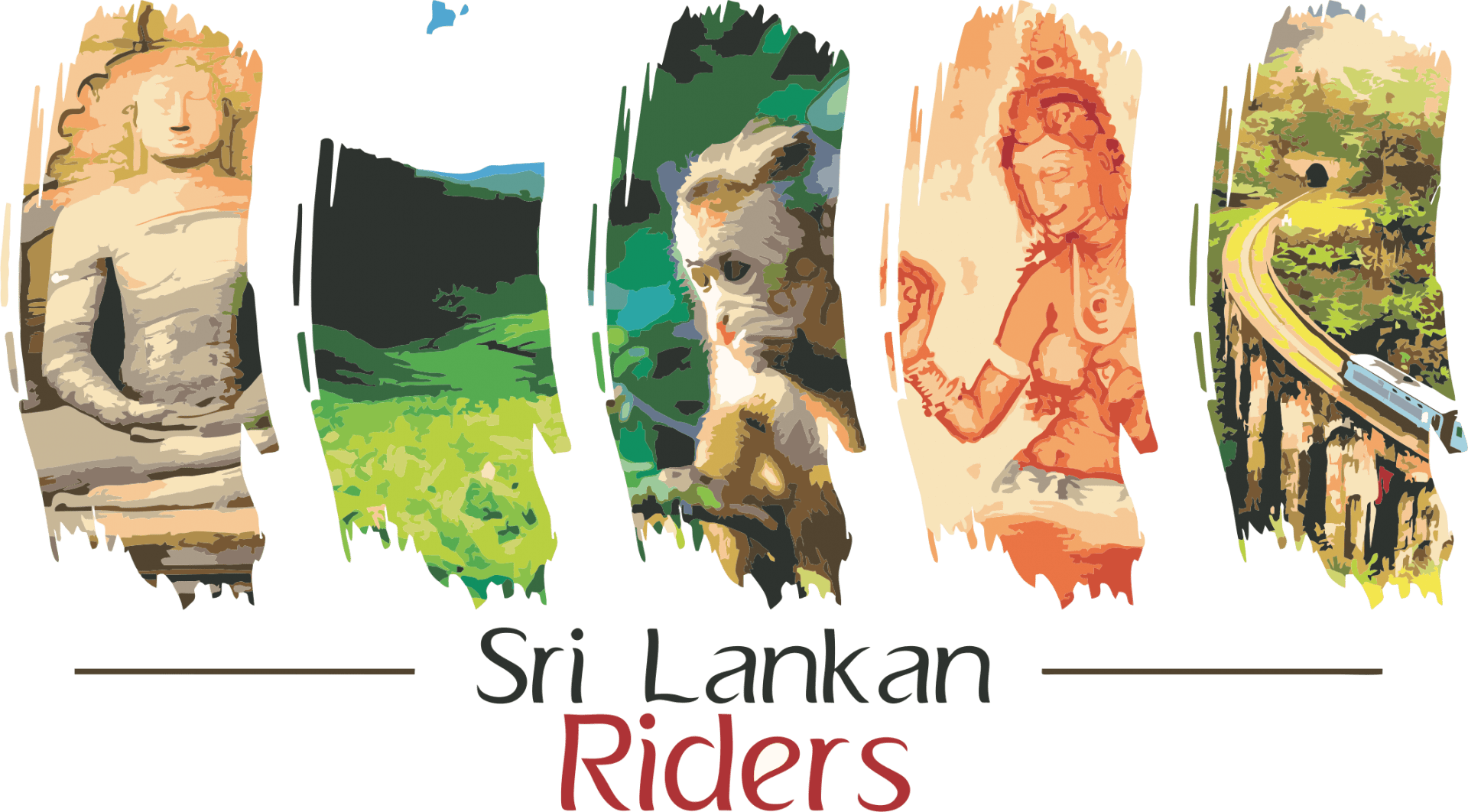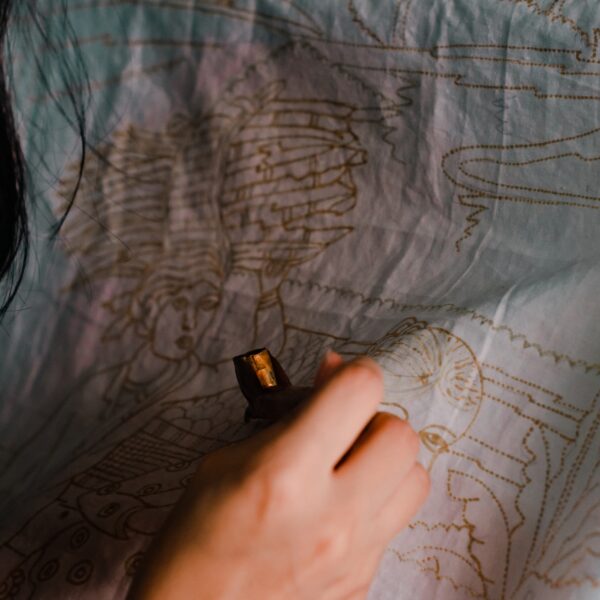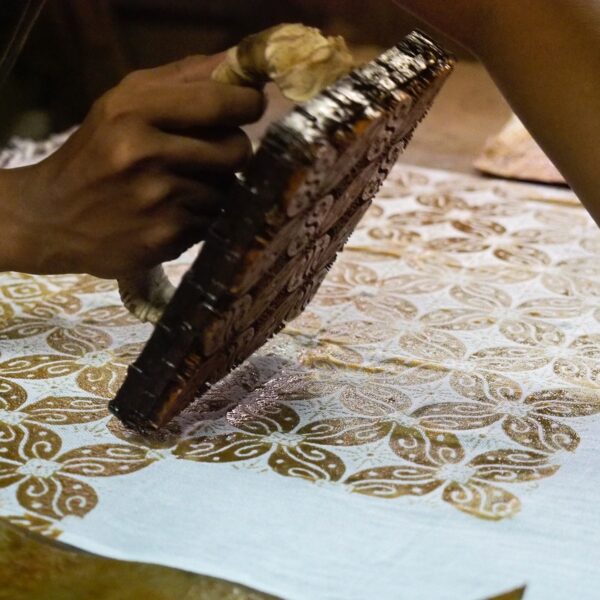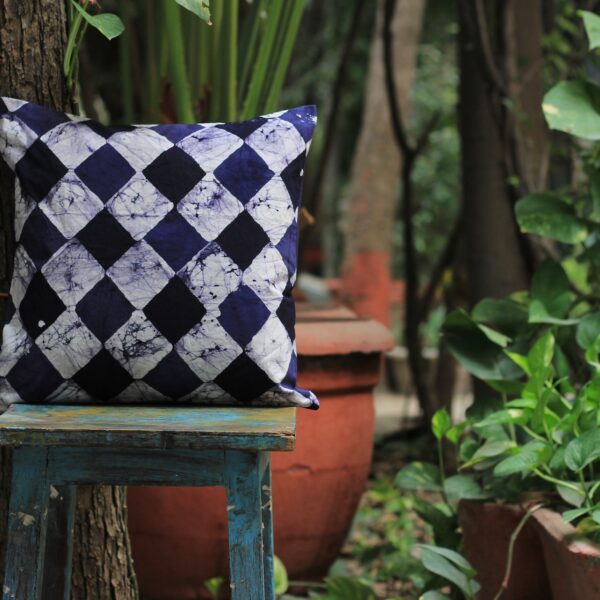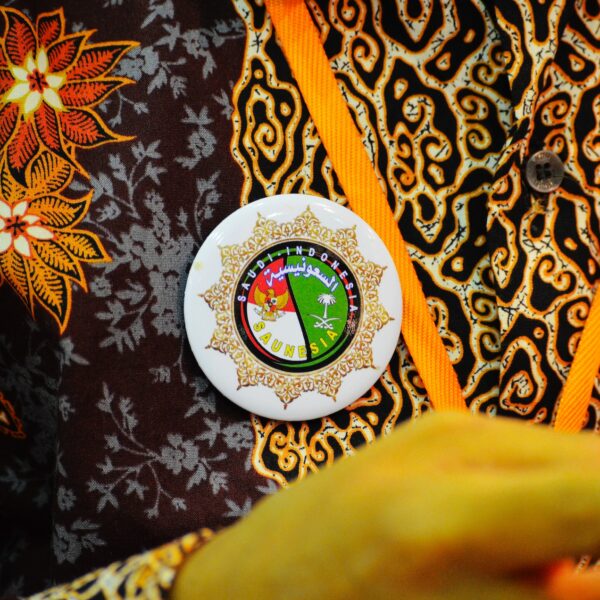Batik Industry
The batik industry in Sri Lanka is a vibrant and culturally significant sector that specializes in the creation of batik textiles. It is a traditional wax-resist dyeing technique used to create intricate and colorful designs on fabric. Sri Lanka has a rich history of batik production, and it is deeply rooted in the country’s cultural heritage.
This industry in Sri Lanka primarily focuses on handmade production, where skilled artisans apply melted wax onto the fabric using a tjanting tool or brush. The wax acts as a resist agent, preventing the dyes from penetrating the areas covered with wax. After the wax applied, the fabric dyed, and the process can be repeated to achieve multiple layers of colors and intricate designs.
The wax removed by boiling or scraping, revealing the vibrant and detailed patterns. This industry in Sri Lanka produces a wide range of products, including clothing items such as sarongs, dresses and shirts. And also scarves, as well as household items like tablecloths, bedspreads, and wall hangings. These products often adorned with traditional Sri Lankan motifs and such as elephants. In addition peacocks, flowers, and geometric patterns, reflecting the country’s cultural and natural heritage. There designs often feature traditional motifs.
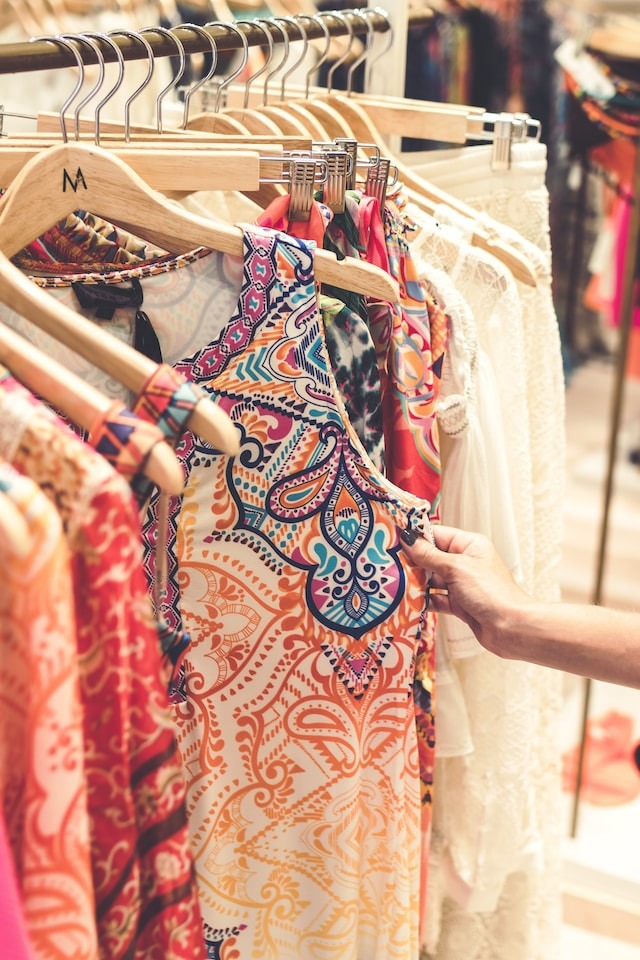
This production in Sri Lanka predominantly carried out in small-scale workshops and cottage industries. Many of these workshops are located in the southern part of the country, particularly in areas like Ambalangoda and Kandy. These regions have a long-standing tradition of batik making and are known for their skilled artisans.
So you can visit in this industry. And also buy some products
The Sri Lankan government, recognizing the cultural and economic value of this industry. It has taken initiatives to support and promote the sector. Various training programs and workshops are conducted to preserve the traditional skills and techniques of batik making and to train new artisans. Additionally, there are organizations and associations that work towards preserving and promoting Sri Lankan batiks, both domestically and internationally.
Sri Lankan batik products are highly regarding for their quality and craftsmanship and sought after by both locals and tourists.
They make excellent souvenirs and gifts, representing the rich artistic traditions of the country. Overall, this industry in Sri Lanka continues to thrive, preserving its cultural heritage while contributing to the local economy through the production and sale of unique and beautiful batik textiles.
History of batik
The history of this in Sri Lanka traces back to the Dutch colonial period in the 17th century. The Dutch introduced batik to the country, and local artisans developed their distinct style, incorporating native motifs. Despite challenges during British colonial rule, the craft experienced a revival in the mid-20th century. Today, Sri Lanka has a thriving this industry, combining traditional techniques with contemporary designs. And also continues to showcase its unique artistic heritage through vibrant and intricately patterned batik textiles.
Types of batik in Sri Lanka
In Sri Lanka, there are various types of batik, each with its unique characteristics and techniques. Some of the commonly known types include Hand-drawn batik (using a tjanting tool or brush. And also Block (using stamps), and Screen-printed batik (using screens with wax-resistant patterns). These different methods offer diverse possibilities for creating intricate designs and vibrant colors on the fabric.
Then this industry is famous and also all country
so finally you can visit this industry call us or send me Whatsapp massages.
